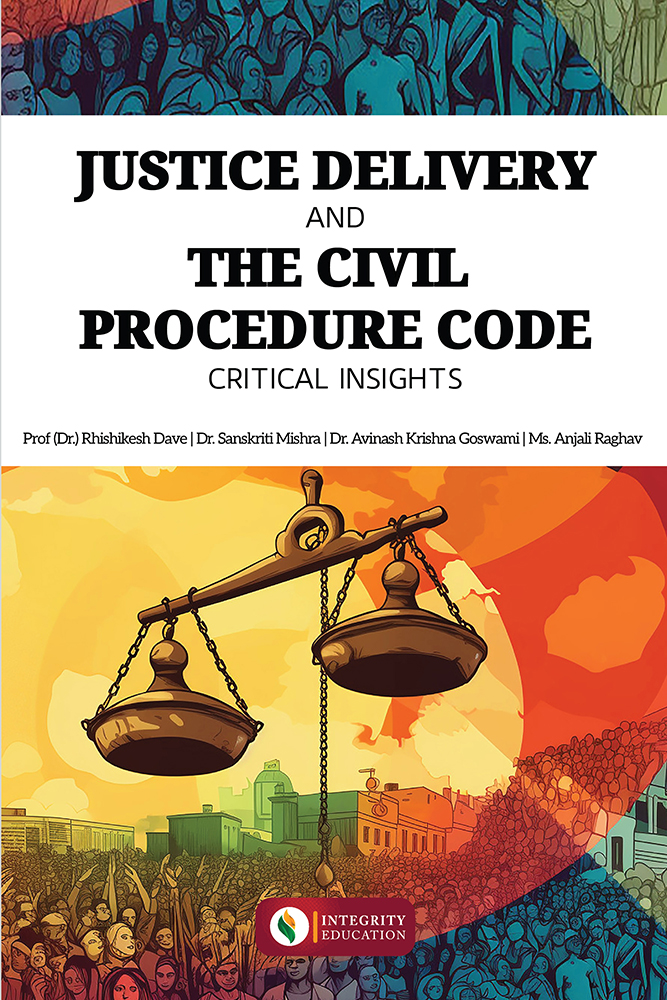The legal system in India, with its rich tapestry of statutes and precedents, has always aimed to ensure that justice is served efficiently and fairly. One of the key doctrines that serve this objective is the doctrine of res sub judice. Rooted in the Civil Procedure Code (CPC) of 1908, this doctrine is instrumental in preventing multiplicity of litigation over the same subject matter, thereby avoiding conflicting decisions by different courts. The theory of res sub judice is examined in depth in this article, along with its applicability, applicability in contemporary litigation, and importance in maintaining judicial efficiency. Res Sub Judice, which stays the proceedings of a future suit when a previously brought suit on the same topic is pending before a competent court, is a legal mechanism used to prevent contradictory decisions and preserve judicial economy. The theory is based on the idea that a court should be free to make decisions on its own, free from interference from ongoing legal procedures in other courts, once it has jurisdiction over a topic.






